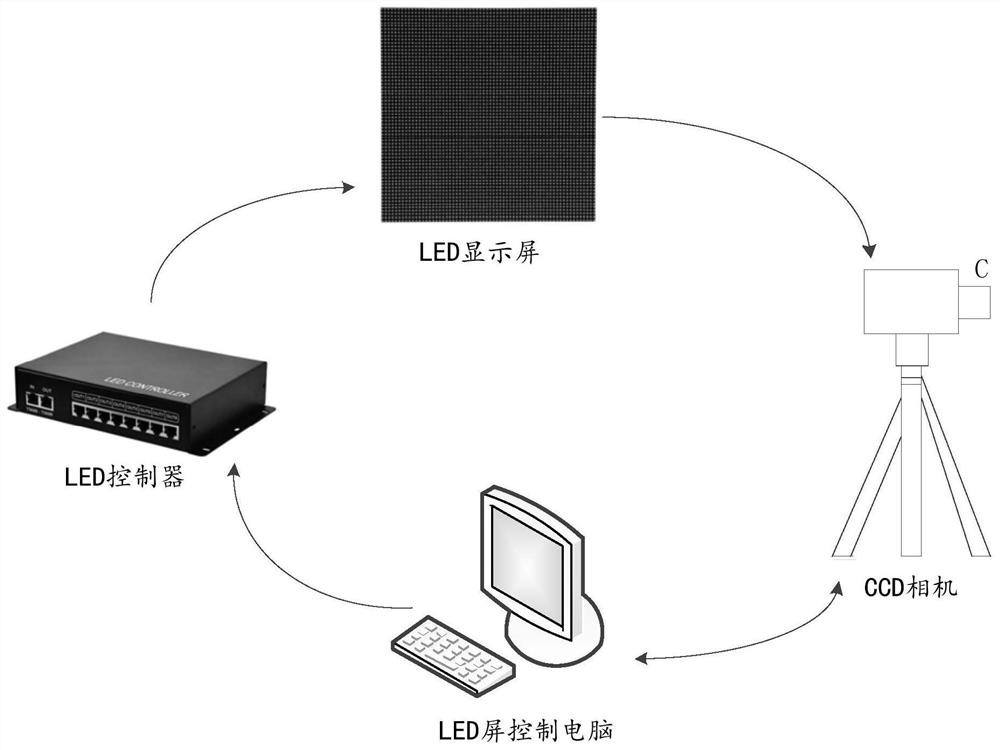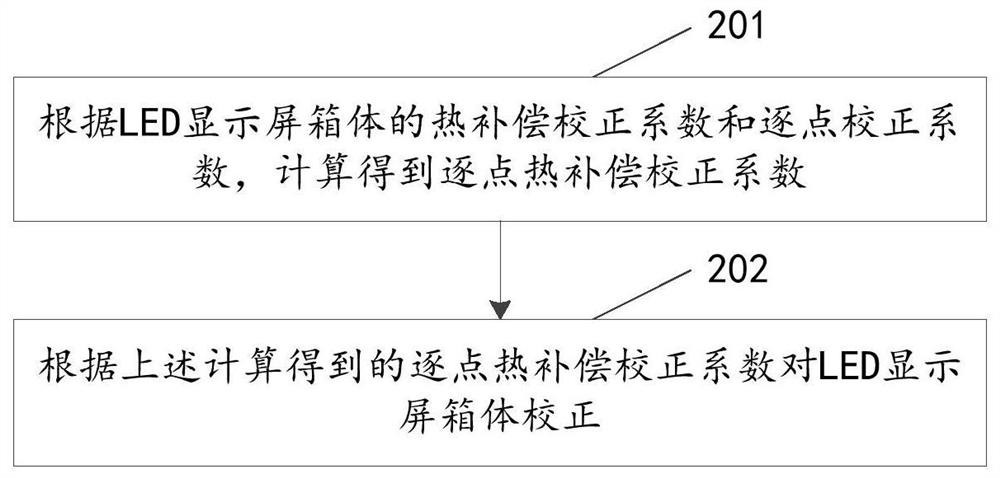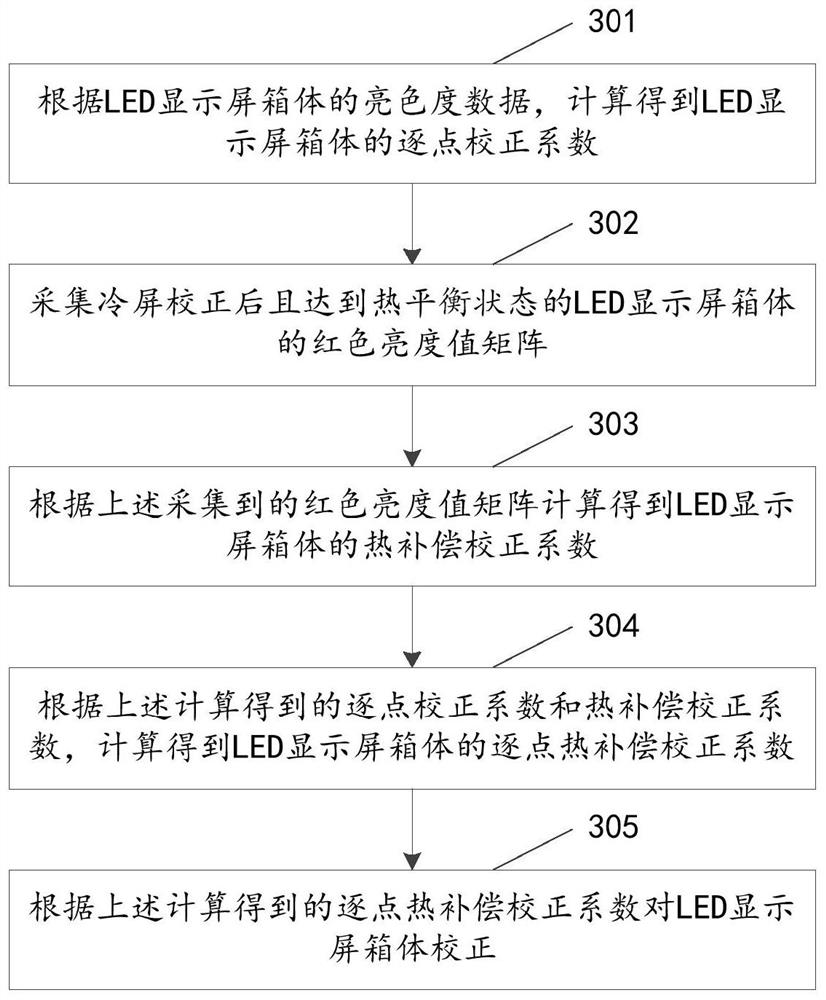Correction method of LED display screen and related device
A technology of LED display screen and calibration method, which is applied to static indicators, instruments, etc., can solve the problem that thermal compensation calibration cannot achieve the expected effect, and achieve the effect of improving calibration efficiency
- Summary
- Abstract
- Description
- Claims
- Application Information
AI Technical Summary
Problems solved by technology
Method used
Image
Examples
Embodiment Construction
[0080] In order to make the purpose, technical solution and advantages of the application clearer, the application will be further described below in conjunction with the accompanying drawings.
[0081] The terms "first" and "second" in the specification, claims and drawings of the present application are only used to distinguish different objects, not to describe a specific order. Furthermore, the terms "comprising" and "having", as well as any variations thereof, are intended to cover a non-exclusive inclusion. For example, a process, method, system, product, or device that includes a series of steps or units is not limited to the listed steps or units, but optionally also includes steps or units that are not listed, or optionally It also includes other steps or units inherent to these processes, methods, products, or devices.
[0082] Reference herein to "an embodiment" means that a particular feature, structure, or characteristic described in connection with the embodimen...
PUM
 Login to View More
Login to View More Abstract
Description
Claims
Application Information
 Login to View More
Login to View More - R&D
- Intellectual Property
- Life Sciences
- Materials
- Tech Scout
- Unparalleled Data Quality
- Higher Quality Content
- 60% Fewer Hallucinations
Browse by: Latest US Patents, China's latest patents, Technical Efficacy Thesaurus, Application Domain, Technology Topic, Popular Technical Reports.
© 2025 PatSnap. All rights reserved.Legal|Privacy policy|Modern Slavery Act Transparency Statement|Sitemap|About US| Contact US: help@patsnap.com



